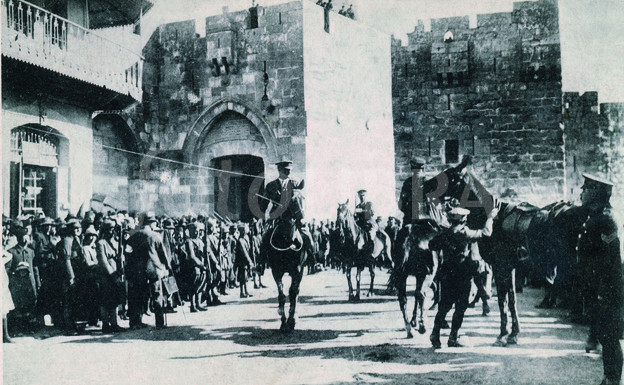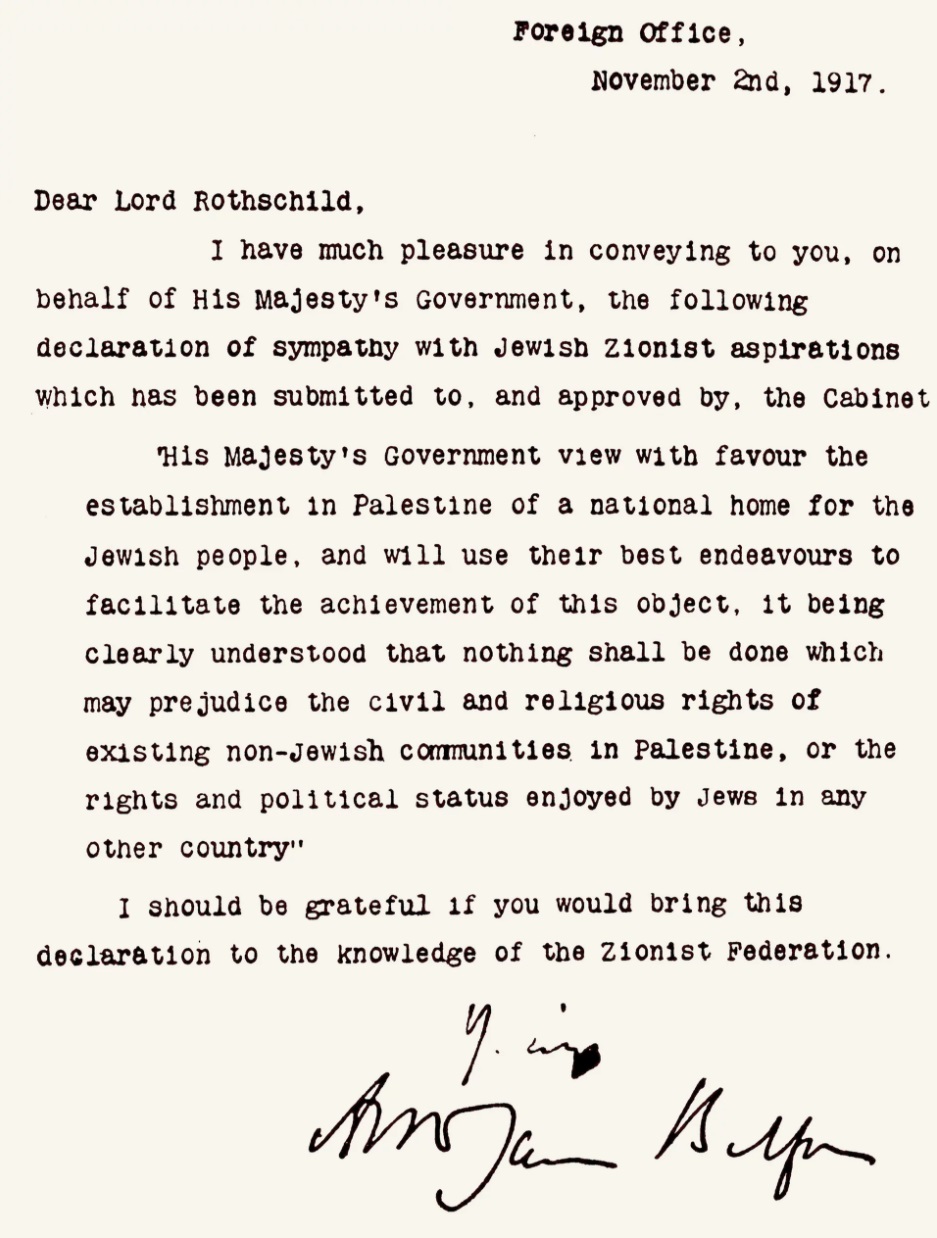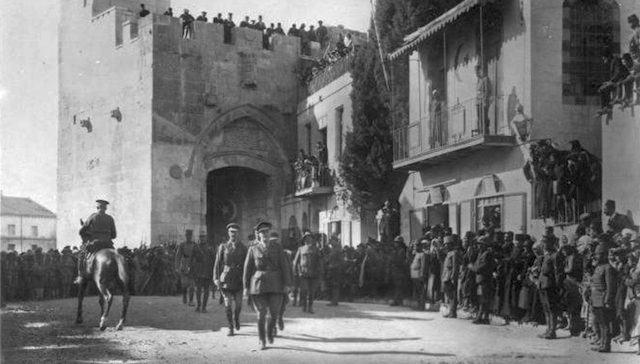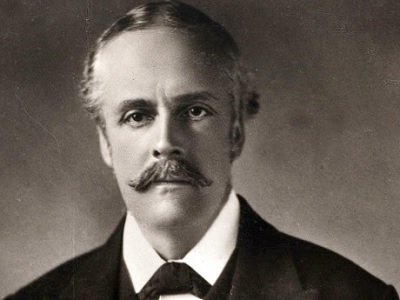
The British Foreign Secretary Lord Arthur James Balfour expressed his official support for the creation of a Jewish homeland in Palestine on November 2nd, 1917. In a document penned to Lord Rothschild, the Balfour Declaration is critical to the understanding of the contemporary Israeli-Palestinian conflict, is hotly debated today in its relevance and legality towards the creation and legitimization of what is today known as Israel. The terms of the letter ran in stark contradiction to the ongoing McMahon correspondence, as well as the Sykes-Picot agreement. How did this document come to be so important? Why was it written? We explore.

The Balfour declaration, an extremely short, 67-word document, was a product of the efforts of prominent British chemist Chaim Weizmann. The submission of the letter hoped to rally the support of the Jewish opinion to side with the Allied powers during WW1. In addition, pro-British communities in Palestine might have helped protect the nearby Suez Canal, which was a pivotal route for British maritime trade, as it connected the Middle East to the Indian colony in a fraction of the time it would have taken to circumnavigate the continent.
His Majesty’s government view with favour the establishment in Palestine of a national home for the Jewish people, and will use their best endeavours to facilitate the achievement of this object, it being clearly understood that nothing shall be done which may prejudice the civil and religious rights of existing non-Jewish communities in Palestine, or the rights and political status enjoyed by Jews in any other country.
The territory under the period of British Mandate cause a considerable amount of economic distress on the struggling superpower, which demanded an extreme amount of monetary and military resources. Different theories exist regarding the unwavering British support for the Jewish homeland, ranging in theory from the more anti-Semitic global Jewish money support, to allowing the British to reengage in the Middle East, and even assuring French disinvolvement in Palestine by assuring the independence of an entire country, as was suggested by George Lloyd.

The declaration was officially endorsed by the Allied powers, and was thus incorporated in the British Mandate over Palestine. It was formally approved by the league of nations on July 24th 1922. Subsequently, the British

enforced “The White Papers,” which limited immigration to the territory to 75,000 further immigrants, with a clause of abolition of immigration by 1939 unless the resident Arab Palestinians consented to an increased influx of Jews in the region. This, however, became moot as the outbreak of World War 2 occurred in 1974, and independence of the State of Israel came in 1948.
Among the long-lasting consequences, the Balfour Declaration increased support for Zionism across Jewish communities worldwide, led to the creation of Mandatory Palestine (contemporary Israel), and is a driving factor in the intractability of the intractable conflict today.



